
A small knife for protection and for practical tasks is a widely accepted part of the everyday carry and survival toolkit. But there’s little professional guidance out there on what makes the best EDC blade, and thousands of choices when it comes to blade shapes and materials, handle types, sizes, and so on. When the Bravo Concealment folks asked for a more in-depth feature on this topic than I’ve presented before, I knew it was time to reach for more depth. Fortunately, I’m acquainted with a qualified source, and this article is a summary of a brief phone interview with him.
As Director of Operations for Sayoc Tactical Group, Tom has trained Naval Special Warfare, USSOCOM, multiple Government agencies, and Law Enforcement since its founding in 1997. Sayoc Tactical Group teaches, Combatives both armed and unarmed, Executive Protection, Concealed Carry Pistol, Blade use, Small Arms, Specialized capture and apprehension, Vehicle combatives, Combat Mindset, Integrated Combatives, Logical Order of Thinking (Sayoc LOT) and many other specialized curricula.
A lifetime of training and real-world work in combatives forms the background for Kier’s other work as a provider of protective services for high-value targets and individuals as well as being a fight choreographer and instructor for multiple highly acclaimed Hollywood films and actors.
Kier points out that it’s the tasks of a person’s daily routine that drive blade choice, at least in terms of blades used as tools. The building contractor who’s cutting boxes and bindings needs a much different blade than the deepwoods explorer or hunter bushwhacking their way to a destination. Context of use has everything to do with blade selection.
Our interview focused on blades from a self-protection standpoint. In that department, fixed blades are a matter of course. Kier has made plenty of his own, but when it comes to his own EDC, he chooses Amtac. The made-per-order brand includes three sizes of a single fixed blade design by former Seal Team 3 and Special Warfare Development Group member Bill Rapier, of Idaho.

Why the preference for Amtac blades? It’s all about effectively stopping an attack. “The primary functions of a fighting blade are cut, puncture, and thrust,” Kier explains. “In combat, the most likely need and fastest solution is to thrust. If they are looking to deploy a weapon, we need to shut that down. Thrusting is the quickest way. I can disable by slashing, but not on the level of shutting down their whole system. And slashing is likely to get deflected by clothing or gear.”
The Amtac blade is a spear point. This is Kier’s preferred type, but he adds that the angle of the point matters. Curved points are prone to getting caught up on clothing or bone, he explains. Other qualities of the point include sharpness—something that’s important on a fighting knife but sometimes unnecessary for blades that are used for other purposes. Also in terms of thickness, a good fighting blade is fairly thin, with a primary bevel (the first slope, or narrowing, between the non-cutting edge and the secondary bevel) that’s level and fairly close to the secondary (cutting edge) bevel. By contrast, he points out, a wood-chopping blade needs a quite thick blade and long primary bevel.

What about blade length? “Three and a half to five and a half inches is what I want,” said Kier. “I don’t want handle sticking out the back (when the knife is in hand); that is too easily tangled in clothing and such and is too easily taken away. Amtac blades are made fairly thin to accommodate use with a pistol in the strong hand.” That said, the sheaths are made to carry and draw the knife with what Sayoc Tactical Group calls the other strong hand, AKA, the one you don’t normally use to draw a pistol.
Kier most often carries the Magnus, the largest Amtac blade, made for belt carry. It has a five-inch blade and is 8.75 inches overall. A close, but smaller interpretation of the Amtac design is the Minuteman, with a 4-inch blade and 3.75-inch handle. And the smallest is the pocket-ready Northman, with a 3.5-inch blade; 6-7/8” inches overall.
Each Amtac blade ships with a clipped sheath that uses a very secure metal clip and conveniently also integrates a ferrous fire starter. The top of the non-cutting edge of the blades is flattened slightly so that the blade might double as a firestarting tool. These blades are sharp; the handles are sturdy and built to prevent the user’s hand slipping onto the cutting edge during use. They’re made for saving lives in the face of violence or survival situations. They’re tough, but a sure way to void the warranty on these blades is to use them in place of normal tools like screwdrivers. EDC should include a knife suitable for routine tasks like box-opening and turning screws.
Tom Kier and Sayoc Tactical Group encourage training, and that can be done with a dull, replica knife that’s shipped with every Amtac blade. It feels and fits the sheath just like the real one, and can be used in sparring just like the real knife but without the risk. Kier is a fan of the slim Amtac sheaths as well, and says they make for a quick drawstroke.
Most people start out with lesser products than the $450 base price Amtac blades (that price includes sheaths and a trainer knife). So I asked Kier’s opinion about other popular blades, specifically the K-Bar TDI and Craig Douglas’s Clinch Pick. He states the TDI can be a good blade for training for use in tandem with a pistol. The Clinch Pick, in his opinion, is good for a blade that’s coming into soft tissue areas like armpits and groins, and that its handle shape downward drawstroke have advantages, and like any other system, good training and reps on it are required to get the best out of it or any other blade type.
It's always inspiring to chat with Mr. Kier, who is quick to remind any student that “there are no victims, only volunteers.” If you get a chance, train with him or any of the other Sayoc Tactical or Atienza Kali groups. A web search will show many possibilities for location. Knives, like guns, are a tool that can be used for good or evil, and their competent use in combat does not come without good training. The wrong choice of knife and lack of training is nearly as risky as handling a gun without training.

On a personal note, I have practiced with a friend’s Amtac Northman trainer a little, and have practiced many hours with a similar knife by HeadHunter Blades, called the Rat. The bit of training I’ve had on these fixed blades has boosted my confidence in being able to deal with an intimate-distance battle. I have struggled to find a drop point, fixed blade that’s concealable on a five-foot-plus frame all day and that offers a draw that doesn’t invite negligent cutting of myself or my garment. Even in a dress shirt/cargo pants uniform with pockets aplenty, I’ve found it challenging to wear a fixed blade in a way that’s both discreet and accessible. It’s imperfect for sure, but my solution is to carry a folder with a solid locking mechanism on my “other strong side” pocket, and a multi tool or cheapo folder on my primary side for chores. This is not a method I’m advocating; it’s a compromise that allows me to still have a fighting blade on my person. A fixed blade is far superior and is less likely to break at a critical moment.



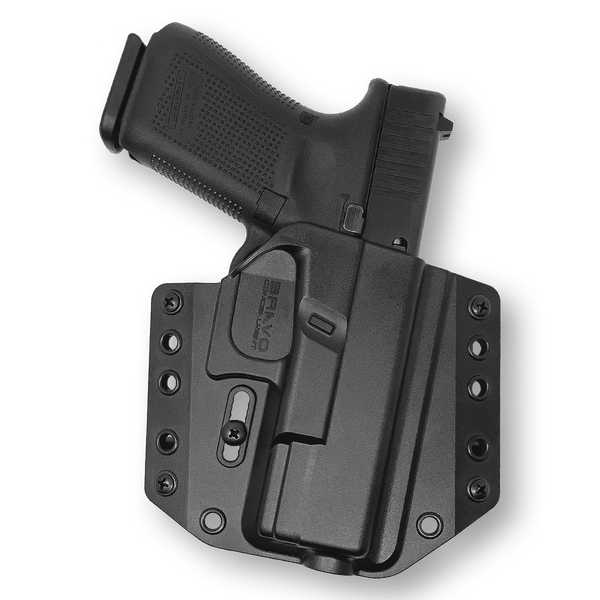
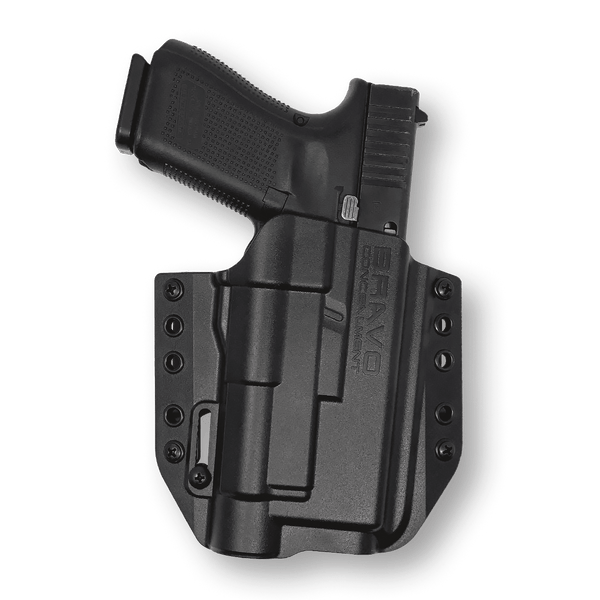
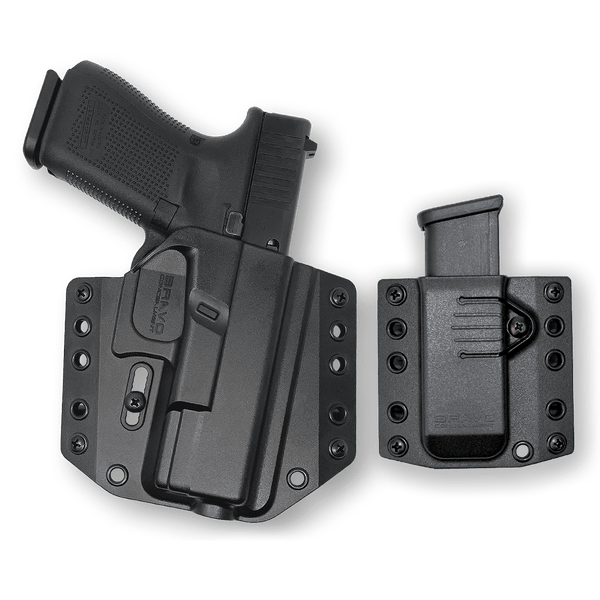

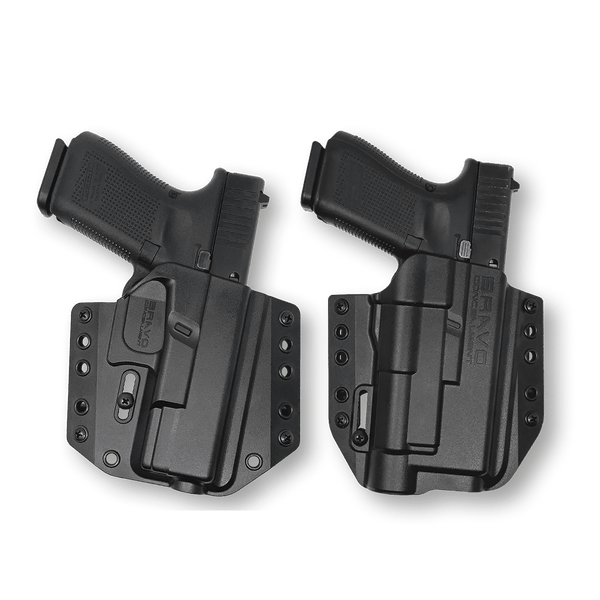
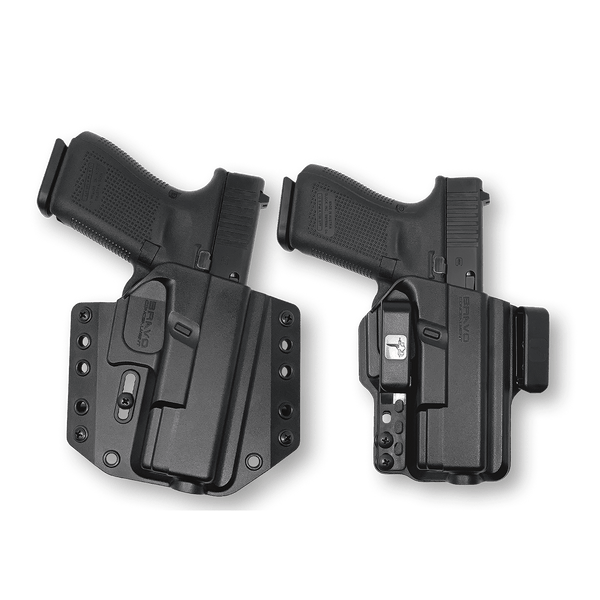
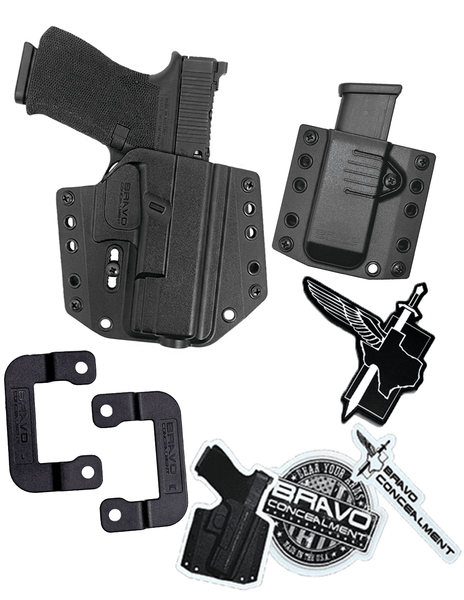
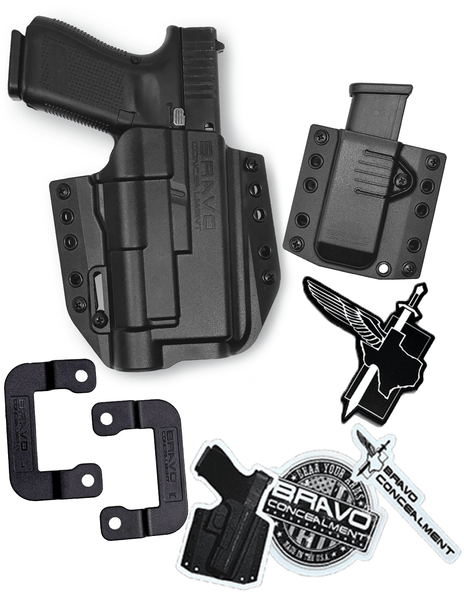
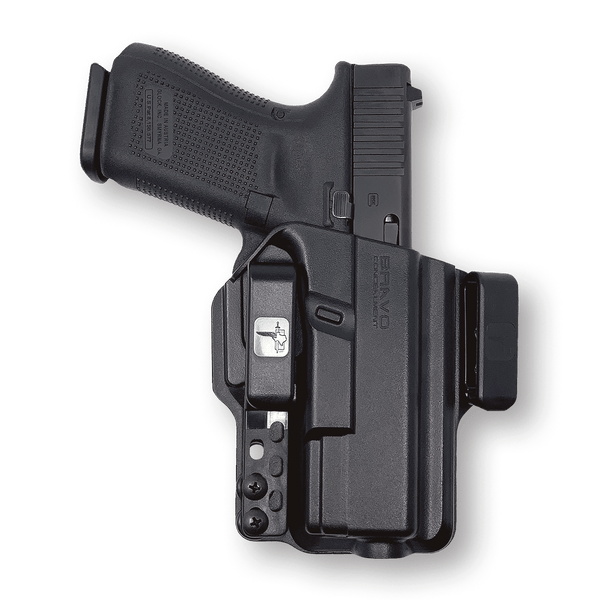
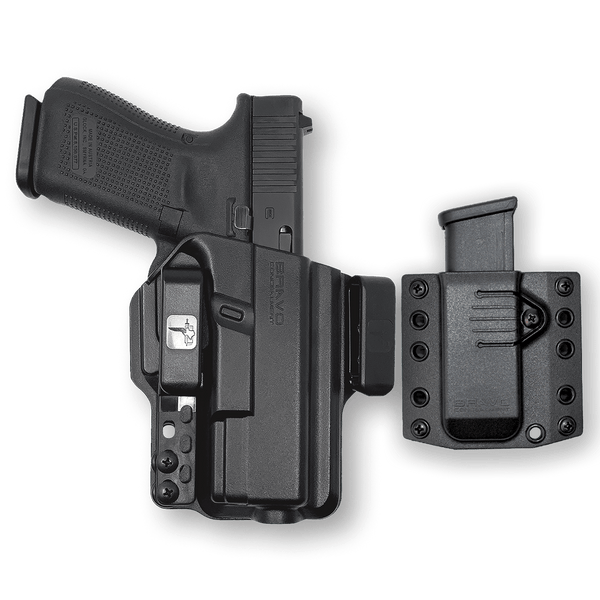
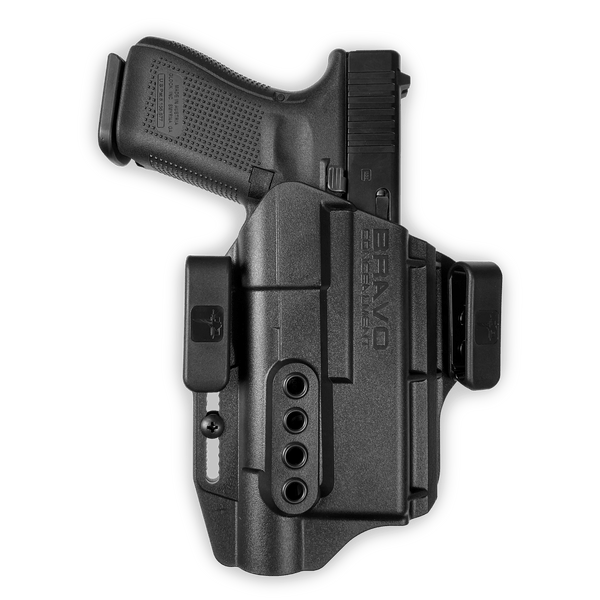
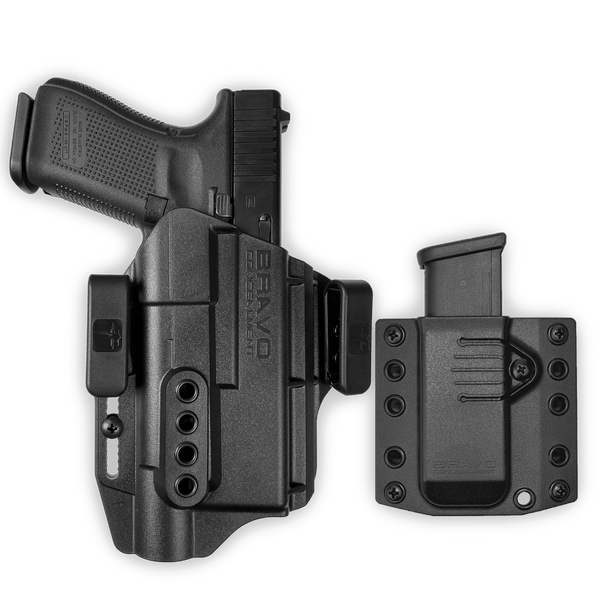
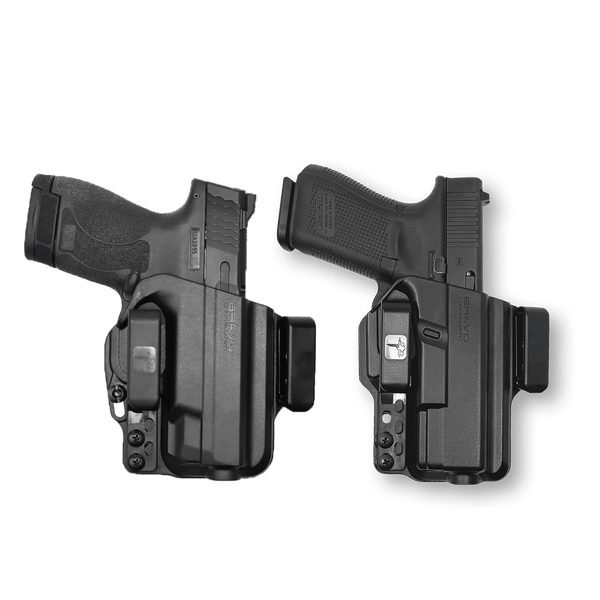
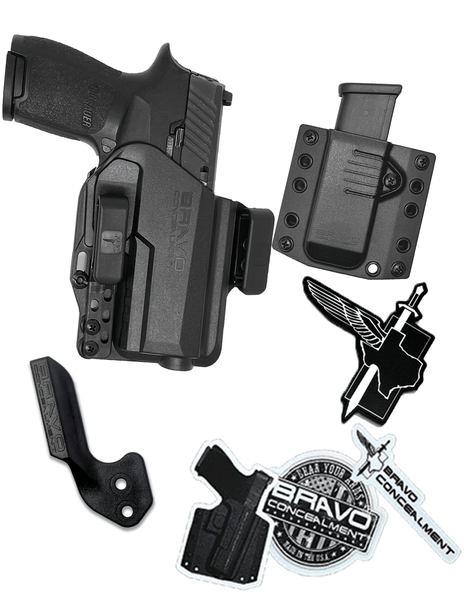

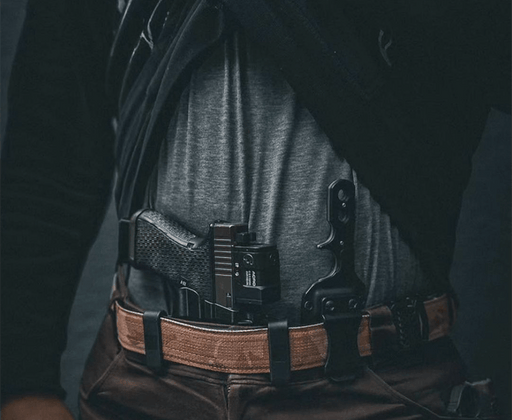
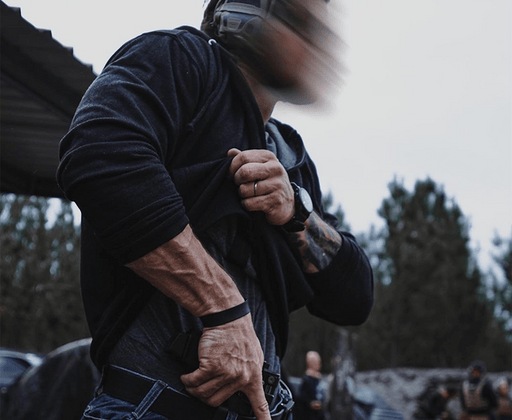
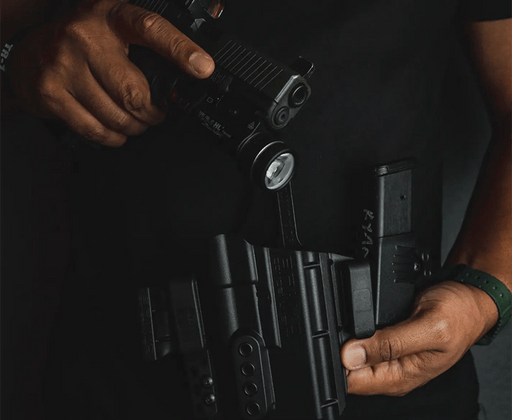
Leave a comment